- Joined
- 14 June 2006
- Messages
- 2,300
- Reaction score
- 561
In 1959 Lockheed was in full sales swing in Italy. The Starfighter contract was in the bag, and they were trying hard with the Hercules (they succeeded, much later). They were sustaining the marketing effort with PR activities on the mayor magazines. The best at that time was the monthly "Alata", that was renown for the high technical level of its articles. So in late spring 1959 Lockheed slipped to Alata a very detailed report on a rather large space station done by Lockheed Missile & Space Company (LMSC), one of the three division of Lockheed at the time. "Alata" summarized the report, converted all the dimensions and weights in metric measures and translated the captions and the call outs of the drawings. So in the images you'll see Italian language. The article can be found in the July 1959 issue.
LMSC envisioned a rotating single torus station with a dia of slightly less than 100 feet, providing almost 1 G of artificial gravity. The core comprised three flat cylinder modules, the central rotating, the external two fixed (one a zero-G medical laboratory, the other an astronmical observatory) and at 0 G. Energy was provided by a fast liquid-metal cooled nuclear reactor with individual shielding and positioned at the end of a 50 feet truss fixed to one of the non-rotating cylinder of the core. Crew was 5 people for long durations. The core and the torus is made up of elements of a maximum weight of circa 9 tons. The elements were to be launched by a purpose built booster. Three stage, first one propelled by a single LOX-Kerosene 500-ton thrust class engine, augmented by four jets of 11 ton thrust. The stage sported large aperture fins that were used for a controlled re-entry after exhaustion of the fuel. The jets permitted a powered re-entry at the base for reuse. Second and third stage use LH2 and F2 (!), with a 145-ton class and a 34-ton class engine. All engines are pressure-fed. Boosters were to be launched by the three from a special built facility (see picture).
Crew was launched in orbit on-board a winged vehicle, carrying three passengers plus the pilot (space taxi). The vehicle roster is completed by a space-tug, used to assemble the station elements. The space tug had a two-man crew and sported manipulatory arms. The spacetug with arms was included in some of the known SLOMAR proposals, so this LMSC station COULD be related to SLOMAR work.
I've not been able to find any other info on this LMSC report and study. Any help would be appreciated.
LMSC envisioned a rotating single torus station with a dia of slightly less than 100 feet, providing almost 1 G of artificial gravity. The core comprised three flat cylinder modules, the central rotating, the external two fixed (one a zero-G medical laboratory, the other an astronmical observatory) and at 0 G. Energy was provided by a fast liquid-metal cooled nuclear reactor with individual shielding and positioned at the end of a 50 feet truss fixed to one of the non-rotating cylinder of the core. Crew was 5 people for long durations. The core and the torus is made up of elements of a maximum weight of circa 9 tons. The elements were to be launched by a purpose built booster. Three stage, first one propelled by a single LOX-Kerosene 500-ton thrust class engine, augmented by four jets of 11 ton thrust. The stage sported large aperture fins that were used for a controlled re-entry after exhaustion of the fuel. The jets permitted a powered re-entry at the base for reuse. Second and third stage use LH2 and F2 (!), with a 145-ton class and a 34-ton class engine. All engines are pressure-fed. Boosters were to be launched by the three from a special built facility (see picture).
Crew was launched in orbit on-board a winged vehicle, carrying three passengers plus the pilot (space taxi). The vehicle roster is completed by a space-tug, used to assemble the station elements. The space tug had a two-man crew and sported manipulatory arms. The spacetug with arms was included in some of the known SLOMAR proposals, so this LMSC station COULD be related to SLOMAR work.
I've not been able to find any other info on this LMSC report and study. Any help would be appreciated.

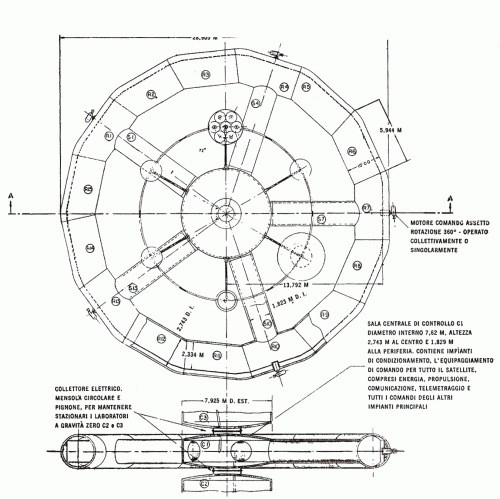
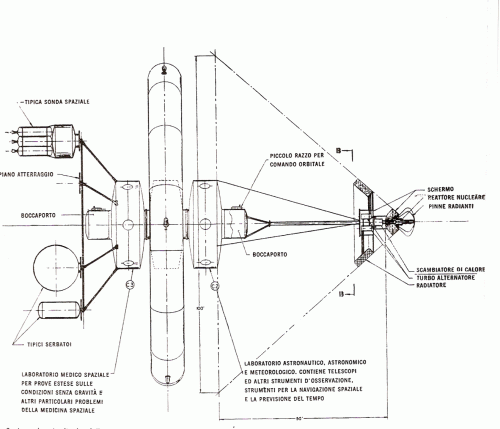
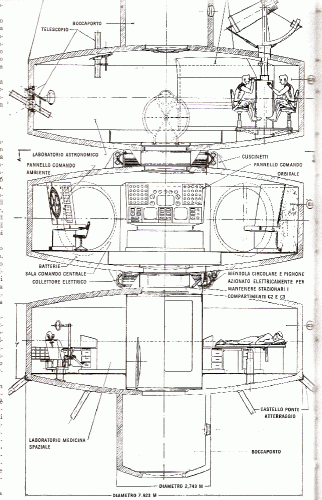
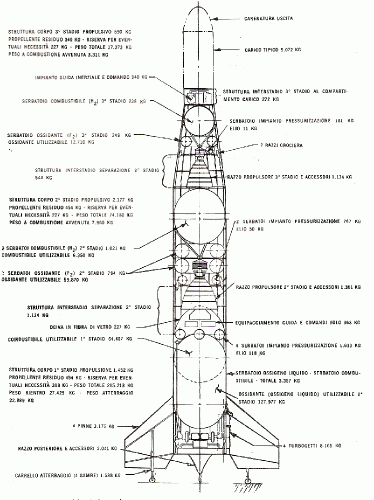
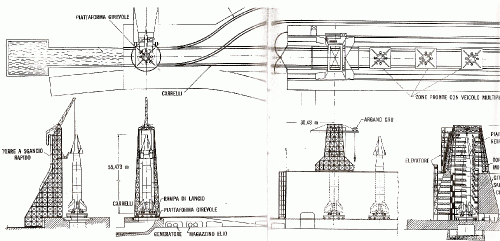
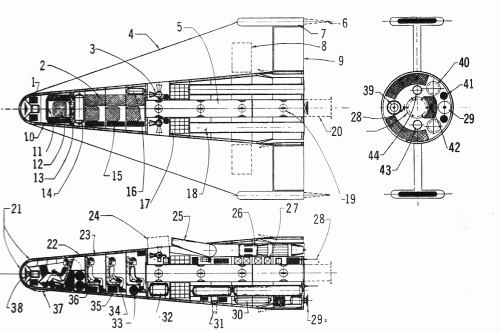
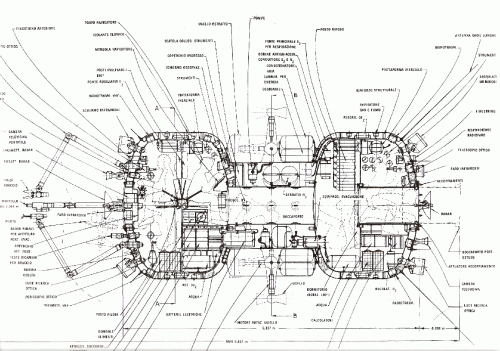
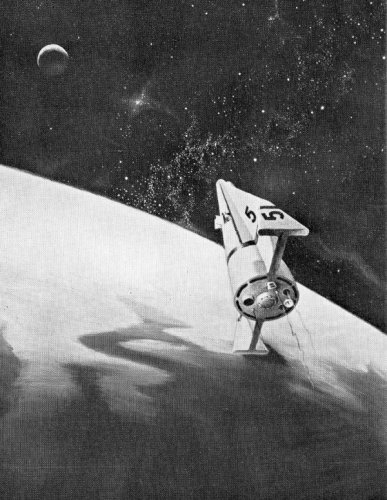
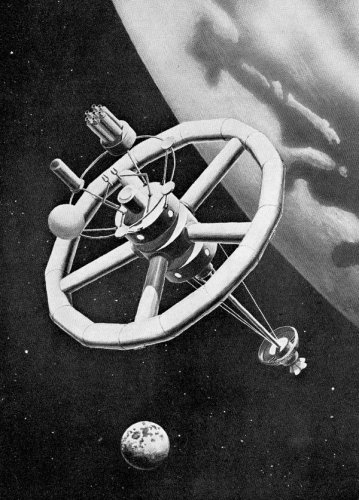
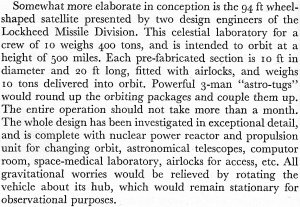

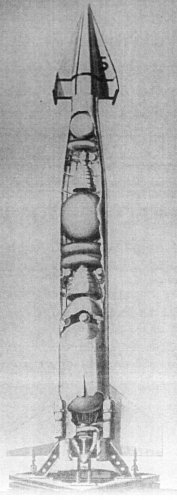
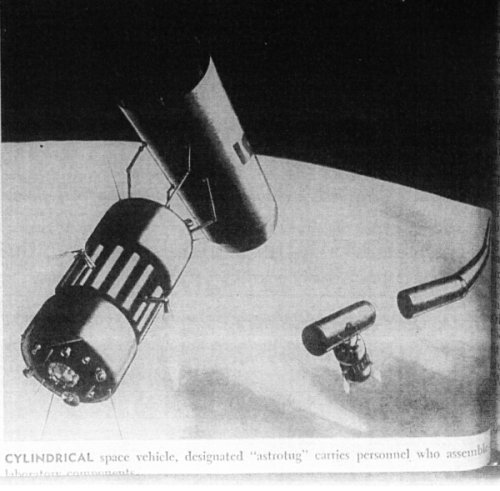
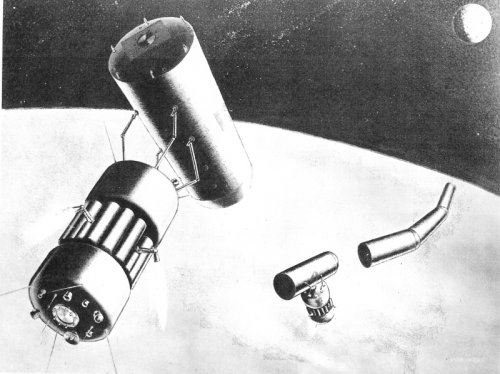

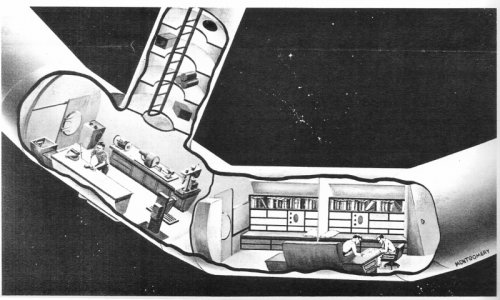
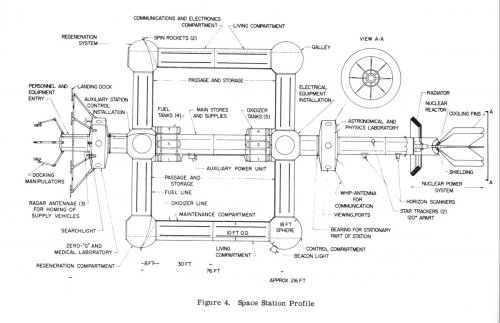
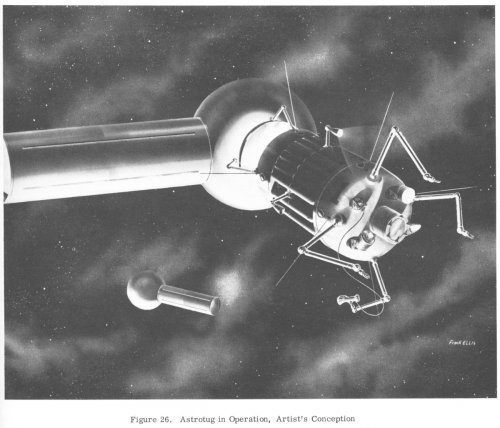
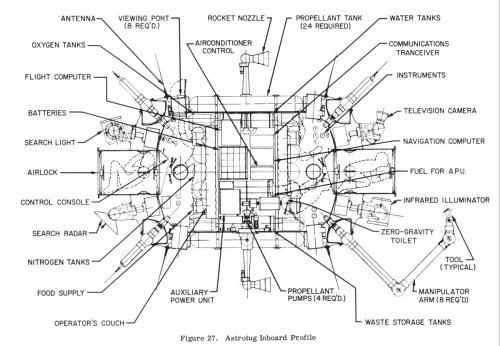
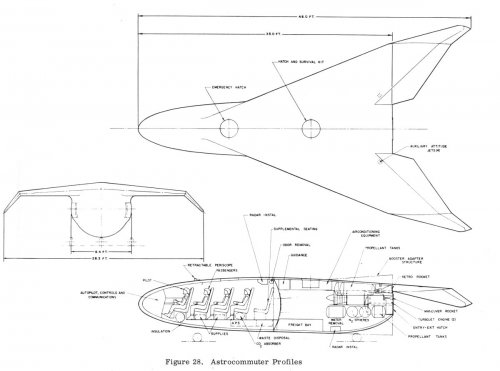
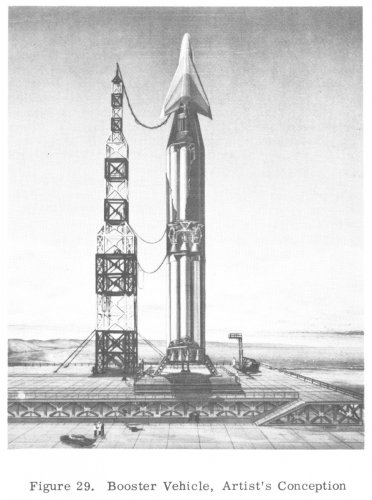
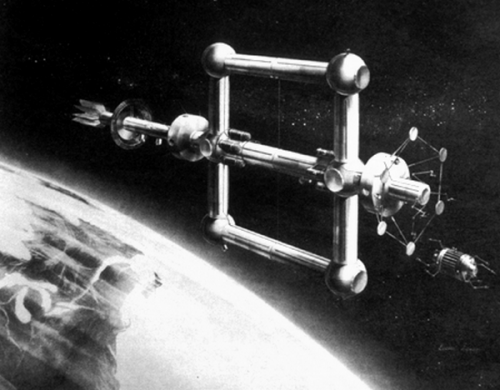
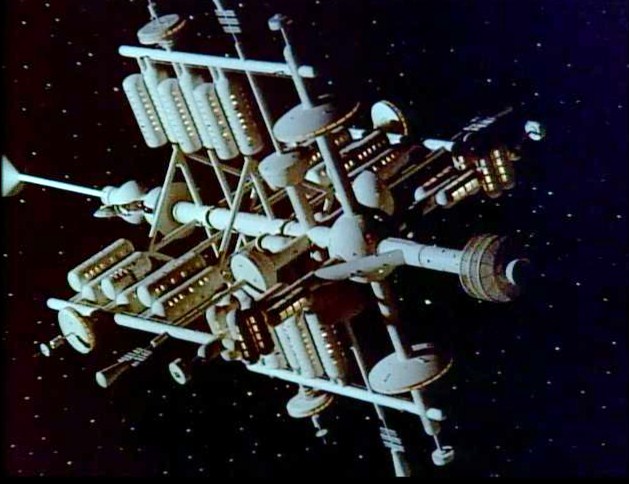
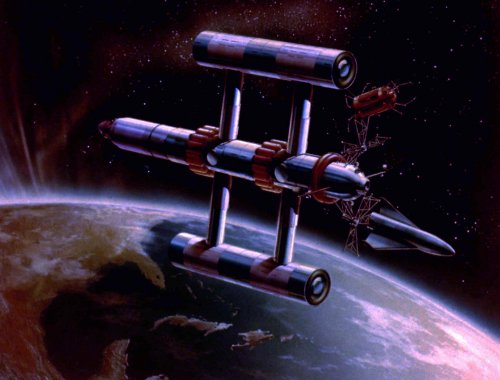
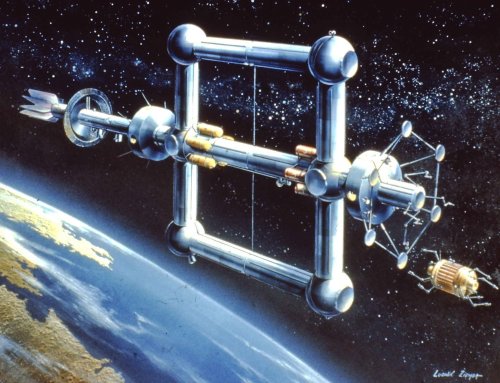
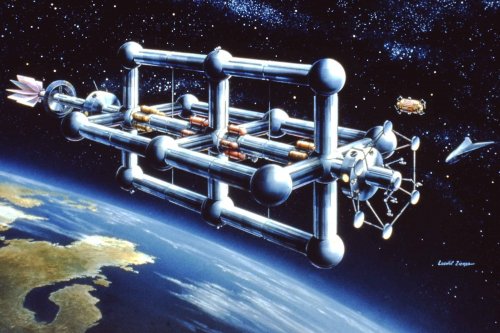
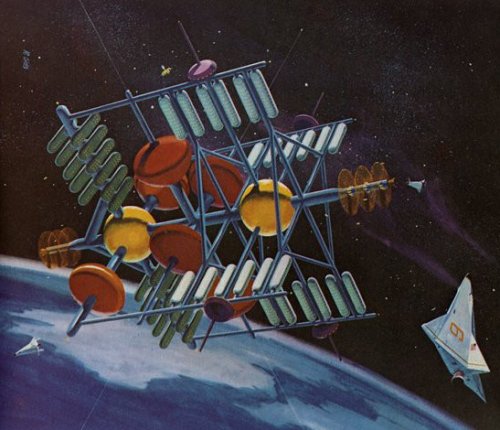
![mccall9[1].jpg](/data/attachments/76/76300-1deeb69924493a6883f6ad15cf839c52.jpg)
![djibouti_1982_unispace_mi_block_71a[2].jpg](/data/attachments/76/76301-c312b81203bfb528c9e9ec2449af5108.jpg)